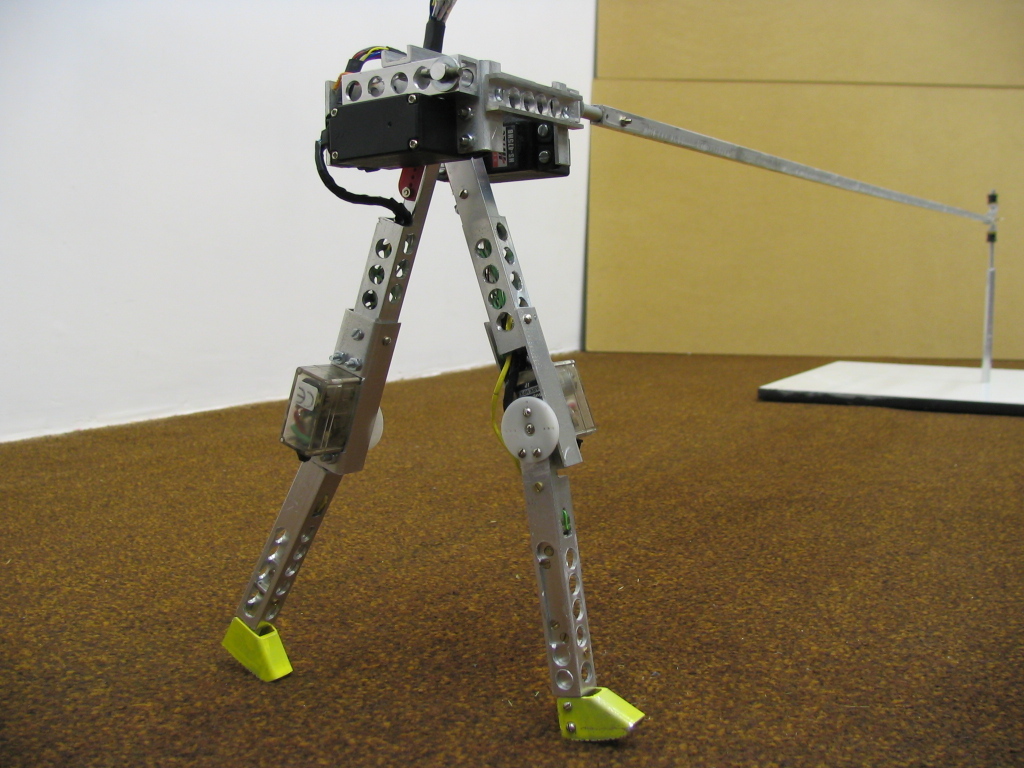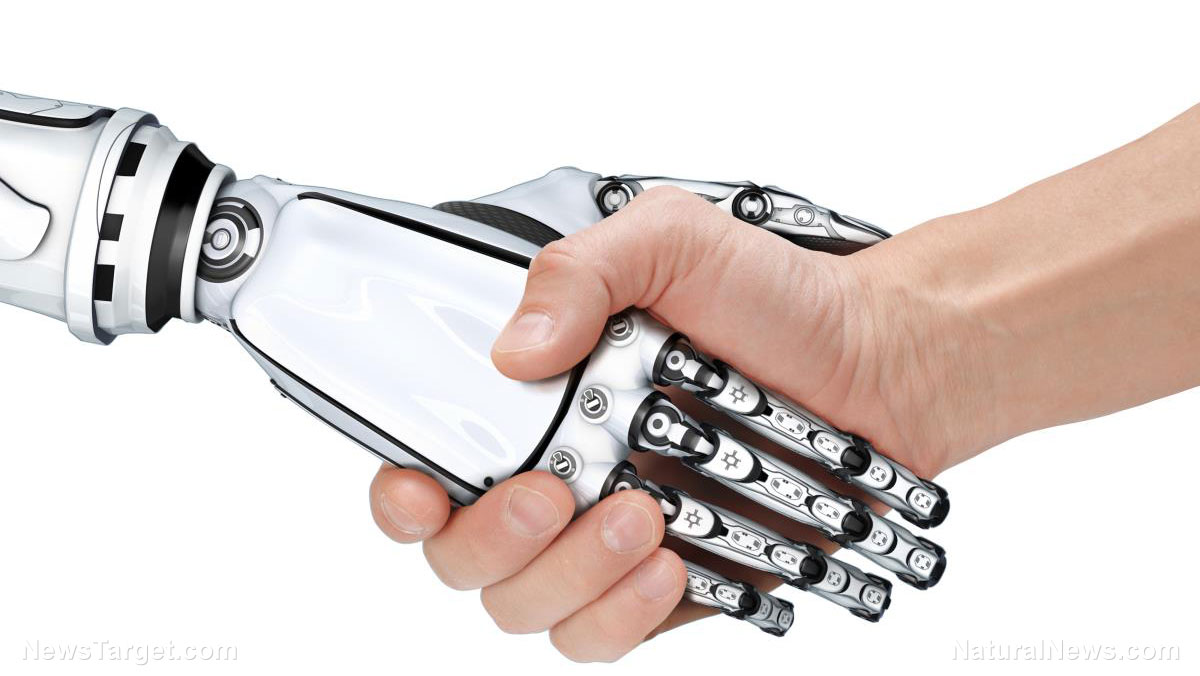The rise of robot automation will DESTROY jobs among citizens and immigrants alike
08/24/2018 / By Rhonda Johansson

Almost half of us could be unemployed in the next two decades thanks to automation. Building on the now infamous 2013 report by Frey and Osbourne, many industry experts warn that artificial intelligence could very well lead to 47 percent of our local workforce being replaced by robots within two decades.
“Technological unemployment is growing rampant in the United States with intelligent machines displacing American workers every day. Eighty-eight percent of manufacturing job losses over the past few years are a result of decreased demand for human labor. Machines have been a bigger job-killer to U.S. jobs than both immigrants and outsourcing, and the problem is only growing worse,” writes Kevin La Grandeur, Ph.D. on NewsWise.
La Grandeur is the co-editor of the newly published book, Surviving the Machine Age: Intelligent Technology and the Transformation of Human Work.
Just how susceptible are our jobs to computerization?
Economists have warned about this possibility for decades. Their soapbox pleas have largely been ignored. This is due in part to society’s underlying assumption that robots will never be intelligent or self-sufficient enough to work independently. With advancing technologies revolutionizing basic operations, we may do well to start listening.
A worldwide study done by the Oxford Martin School and sponsored by Citi GPS noted that the risk of jobs being replaced by automation varies by country, with Ethiopia and China being most at risk (85 percent and 77 percent, respectively). We fall in the middle of the range with only a 47 percent risk. Not all cities have the same risk though. The study found that the cities most at risk of losing their jobs to automation were: Fresno (53.80 percent), Las Vegas (49.10 percent), Greensboro (48.50 percent), Reading (48.40 percent), and Grand Rapids (47.90 percent). Cities with the least risk were: Boston (38.40 percent), Washington D.C. (38.40 percent), Raleigh (39.70 percent), Baltimore (40.40 percent), and New York (40.70 percent).
The deciding factor is apparently how routine the jobs are. Industries that are more focused on rote tasks could see a dramatic shift in their workforce soon. Manufacturers of these smart devices, software, and robots say that their systems are more efficient, less likely to commit errors, and save companies money in the long run. It’s a win-win situation — except for the workers who are displaced. The Citi report notes, “in short, machine learning algorithms are now, in many cases, better at basic knowledge work than human workers. Although we do not know what the impact on labor [sic] markets of these developments will be, some estimates suggest that algorithms could displace 140 million knowledge workers globally.”
Those earning less than $20 per hour are also at risk. Reports suggest that those with low-paying jobs typically are involved in jobs that do not require much cognition. After the initial learning process, workers fall in a pattern that does not see much change. The repetitive nature of the job makes it easier for them to be replaced.
This is a distinction that needs to be emphasized: researchers stress that vulnerability to automation is not so much about whether the work is manual or white-collar, but whether it is routine. This would explain the correlation between low-pay and vulnerability, but does not imply that better-paying jobs are invulnerable. In fact, new evidence suggest that jobs like writing (usually associated with “higher thinking”) can be easily replaced with automation also. (Related: Linguists now working to replace human journalists with robots that can write the news.)
“This is just seeing the tip of the iceberg. No office job is safe,” cautions Sebastian Thrun, an AI professor at Stanford University.
Where will human workers hold the competitive advantage?
Analysts say that there are three engineering bottlenecks to consider: creative intelligence, social intelligence, and perception and manipulation. Jobs that fall under these concepts still require some form of quick thinking; something robots are (yet) unable to do.
Technophiles (and even those who are not) can learn more about the industry with the articles published in Robotics.news.
Sources include:
OxfordMartin.OX.AC.uk 1 [PDF]
OxfordMartin.OX.AC.uk 2 [PDF]
Tagged Under: automation, badtechnology, robotics, robots, robots and the workforce, Workforce
















